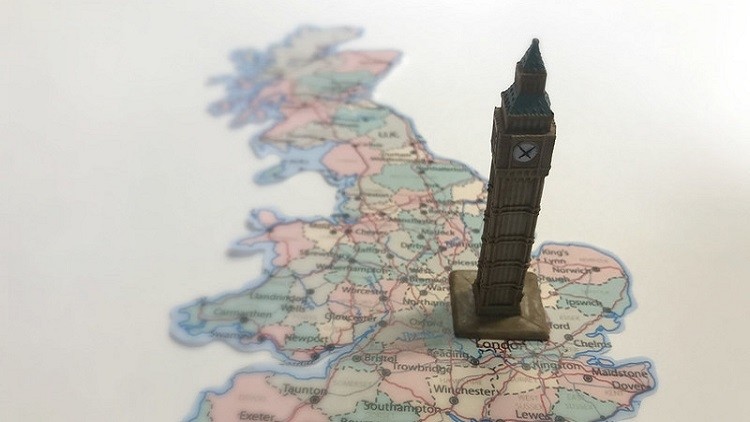Map: where are pubs under the strictest measures in England?

The Morning Advertiser (MA) has mapped out which parts of the country are hardest hit.
Red represents areas under 'very high' level restrictions while orange means the area is subject to measures under the 'high' alert level. Everywhere else is categorised as at 'medium' alert. Areas set to go into new measures on Saturday 31 October and Monday 2 November have been labelled under their new categories.
For third tier areas, categorised as 'very high', new measures mean pubs must close unless they can serve substantial meals with alcohol.
Socialising between different households is banned in both indoor and outdoor settings, so friends who do not live together can not go to the pub together even for a meal.
What’s more, all non-essential travel has been banned and residents have been urged to remain close to home.
Tier three
Liverpool was the first area to be placed under the 'very high' restrictions. Some 1,173 pubs operate in the city region, according to real estate adviser Altus Group.
Lancashire also joined the third tier, with changes coming into force just after midnight on Saturday 17 October.
Greater Manchester faced the strictest restrictions from just after midnight on Friday 23 October.
Warrington and Nottinghamshire were also added to the strictest band.
Calderdale, City of Bradford, Kirklees, Leeds and Wakefield will move to tier three from one minute past midnight on Monday 2 November.
Tier two
In the second tier, restrictions mean venues can stay open subject to the 10pm curfew, mixing between households indoors will be banned and those socialising outside must abide by the 'rule of six'.
Areas under this 'high' alert category currently include: London, York and Essex.
Publicans in these areas have told The MA they would be better off closed given the hit to trade from the household mixing ban.
Chancellor Rishi Sunak announced further measures of support for businesses in tier two, including cash grants and enhanced wage subsidies.
Coventry, Slough and Stoke were placed under tier two measures on Saturday 24 October.
A number of areas – including in Yorkshire and the Humber, the West Midlands and the south east – will move into tier two from Saturday 31 October.
The rest of the country must follow the baseline of national restrictions at the 'medium' alert level. This includes the 'rule of six' for social gatherings and a 10pm curfew for pubs and bars.
Movers and shakers - which areas could change alert levels?
Areas within the 'very high' category will be reviewed every four weeks with the Government promising that nowhere will be shut down indefinitely.
Here is the list in full, as per the Government website: |
Local Covid alert level: mediumAll areas in England are medium, apart from those listed below as high or very high. Local Covid alert level: highBedfordshire
Berkshire
Cheshire
Cumbria
Derbyshire
Durham
Essex
Lancashire
Leicestershire
London
Northumberland
North Yorkshire
Oxfordshire
Staffordshire
Surrey
Tyne and Wear
Tees Valley
West Midlands
Yorkshire and the Humber
Local COVID alert level: very highLiverpool City Region
Greater Manchester
South Yorkshire
Nottinghamshire
Cheshire
West Yorkshire
|
- This article will be updated as things change. It was last updated on Friday 30 October.
- For updates throughout the day, visit The MA's live blog.







